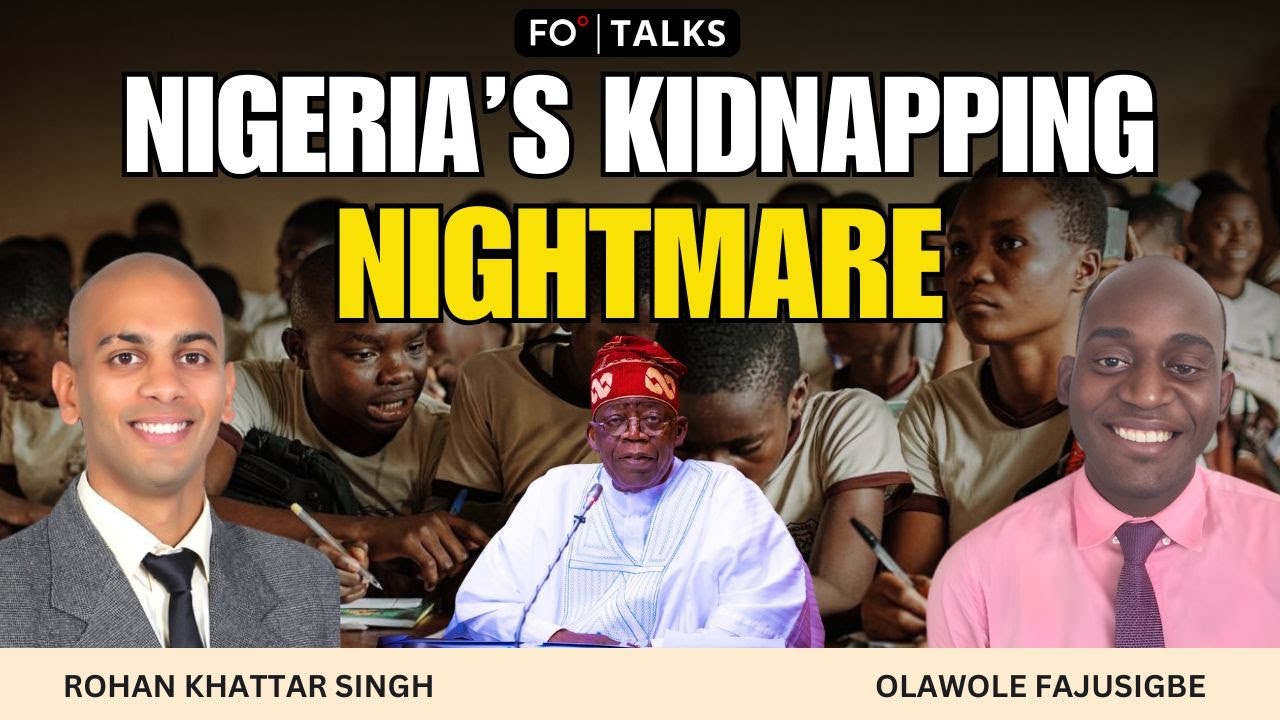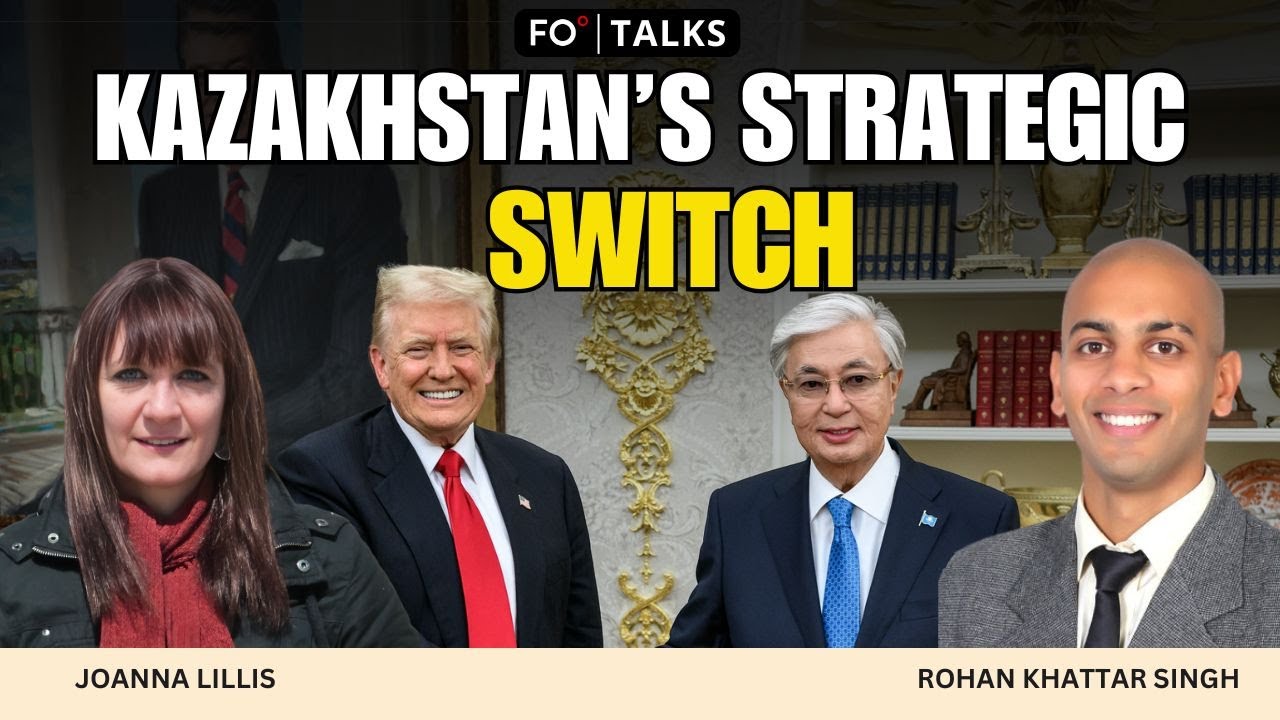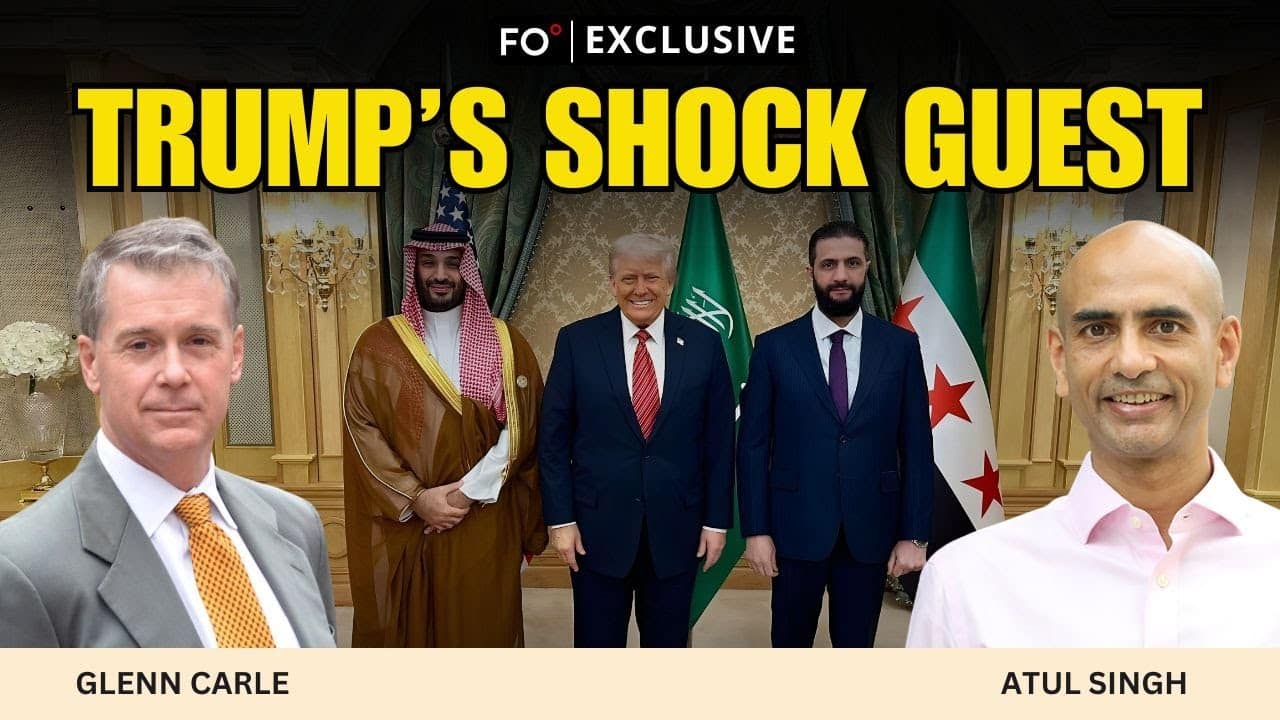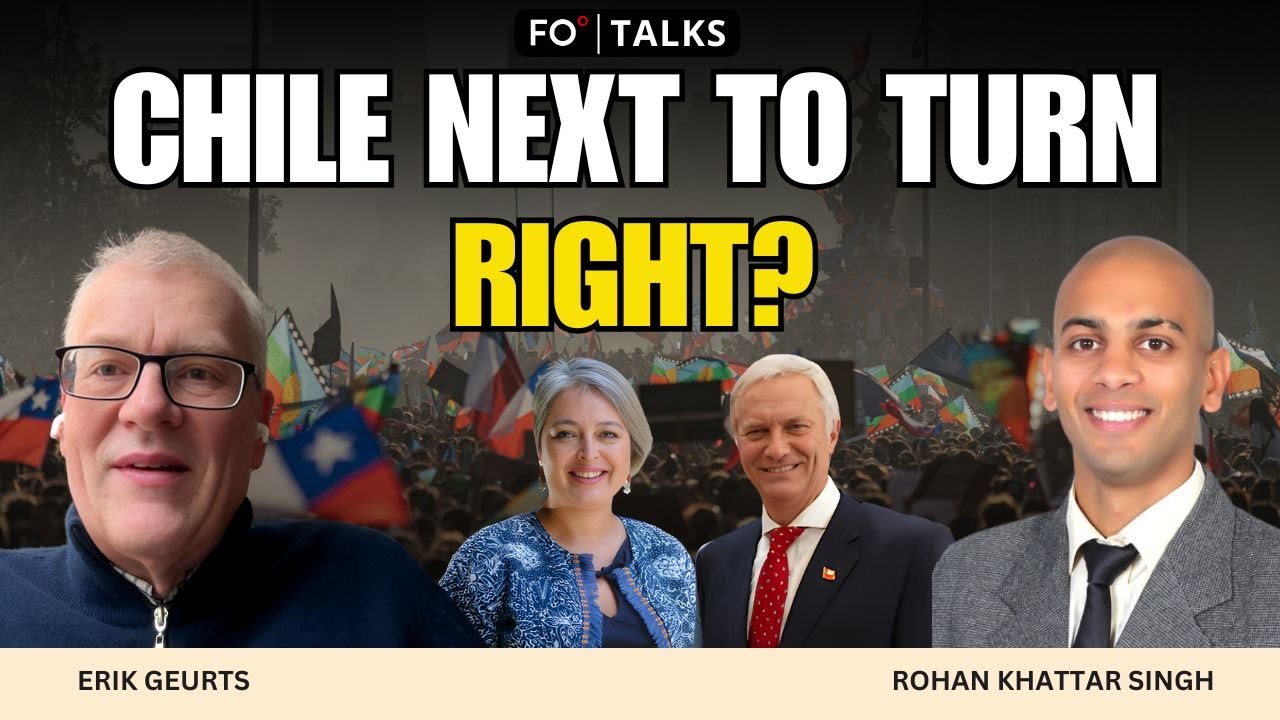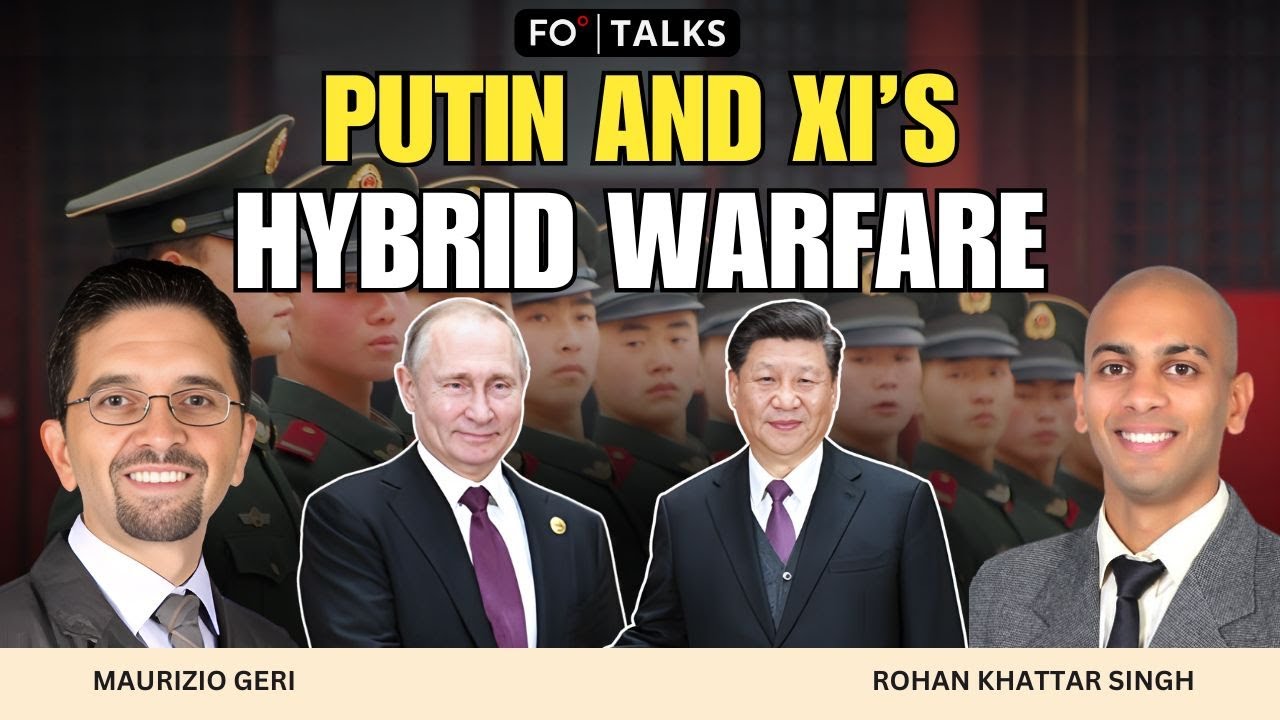Fair Observer’s Video Producer Rohan Khattar Singh and Nigerian legal practitioner Olawole Fajusigbe discuss a sharp escalation in mass kidnappings across Nigeria. Their conversation examines why abductions have become routine and how poverty, porous borders and weak governance intersect. Is the crisis a genocide against Christians, or does it represent a broader collapse of state protection?
Mass kidnappings in Nigeria
Khattar Singh opens by situating Nigeria’s kidnapping crisis within a wider landscape of insecurity. The country is confronting insurgents, militant groups and criminal networks simultaneously, particularly in the northwest and north-central regions. In November, insurgents abducted over 400 children, including the mass kidnapping of over 300 students and 12 teachers from St. Mary’s Catholic School in Niger State.
Fajusigbe explains that kidnappings have persisted for years with little deterrence. As a result, abduction has evolved into a low-risk, high-profit enterprise. Because ransoms are frequently paid and prosecutions remain rare, criminal groups see little reason to stop. As he puts it, kidnapping has become “a normal thing.”
While over 100 abducted students have escaped and others have been released, authorities have offered few details about how negotiations unfolded or whether perpetrators were apprehended. The lack of transparency fuels fear, especially when officials make public assurances without explaining how they intend to deliver results.
Why kidnappings happen
When asked whether ideology, poverty or governance failure is the primary driver, Fajusigbe argues that all three factors reinforce one another. Islamist groups such as Boko Haram and the Islamic State West Africa Province remain active, but many kidnappings are now carried out by loosely organized criminal gangs motivated primarily by profit.
Geography plays a critical role. Kidnappings are concentrated in border regions adjacent to Chad and other neighboring states, where porous frontiers allow fighters and weapons to move freely. Illegal arms trafficking and weak law enforcement presence make it easier for criminal groups to operate with impunity.
Poverty accelerates the situation as well. Fajusigbe describes how unemployment and lack of opportunity create a pool of recruits willing to take risks. Young men with little hope for the future may see kidnapping as a rational economic choice. Ideology, he argues, often dissolves under scrutiny. Greed is often the real motivation.
Are Nigerians unhappy?
The Nigerian public is extremely frustrated. Parents of kidnapped children say they receive little information from authorities. Communities feel abandoned by leaders who appear unable or unwilling to restore security. Fajusigbe speaks personally about the emotional toll, noting reports of parents dying from shock or medical complications after learning their children had been abducted.
Suspicion has deepened following reports that security personnel were withdrawn shortly before some kidnappings occurred, with no subsequent accountability for commanders involved. Nigerians increasingly question whether corruption or collusion is undermining security efforts.
The government has pointed to partial successes — hostages released, schools evacuated — but these measures feel inadequate. The decision to close dozens of schools indefinitely in affected regions struck many as an admission of defeat rather than a solution.
Options for Nigerians
As violence persists, Nigerians are exploring alternatives beyond federal responses. Southern governors are coordinating to prevent the spread of instability, while public debate over creating state-level police forces intensifies. Fajusigbe warns that talk alone is not enough, stressing that “the rhetoric is becoming too much” without concrete action.
Drawing on his experience in conflict resolution, he emphasizes dialogue as a tool for resolving communal disputes, particularly those rooted in land and resource conflicts. Traditional and religious leaders, he argues, are often better positioned than distant officials to mediate locally grounded tensions.
Yet dialogue has limits. Criminal kidnappers are unlikely to negotiate in good faith. In such cases, long-term solutions depend on strategic development to reduce unemployment and a restructured security architecture capable of disrupting criminal operations.
Genocide against Christians?
Khattar Singh raises US President Donald Trump’s claim that Nigeria faces a genocide against Christians. Fajusigbe urges caution with the terminology. Christians and other civilians are unquestionably being targeted, but he argues that debates over definitions distract from urgent realities.
Rather than focusing on labels, we should look at the underlying truth: People are being killed, communities terrorized and basic rights violated. Whether described as genocide or not, the failure of the state to protect its citizens demands immediate action.
For Fajusigbe, the priority is clear. Authorities must close border gaps, dismantle kidnapping networks, cut off funding streams and restore trust through visible accountability. Without those steps, Nigerians will continue to live in fear of abandonment.
[Lee Thompson-Kolar edited this piece.]
The views expressed in this article/video are the author’s own and do not necessarily reflect Fair Observer’s editorial policy.



